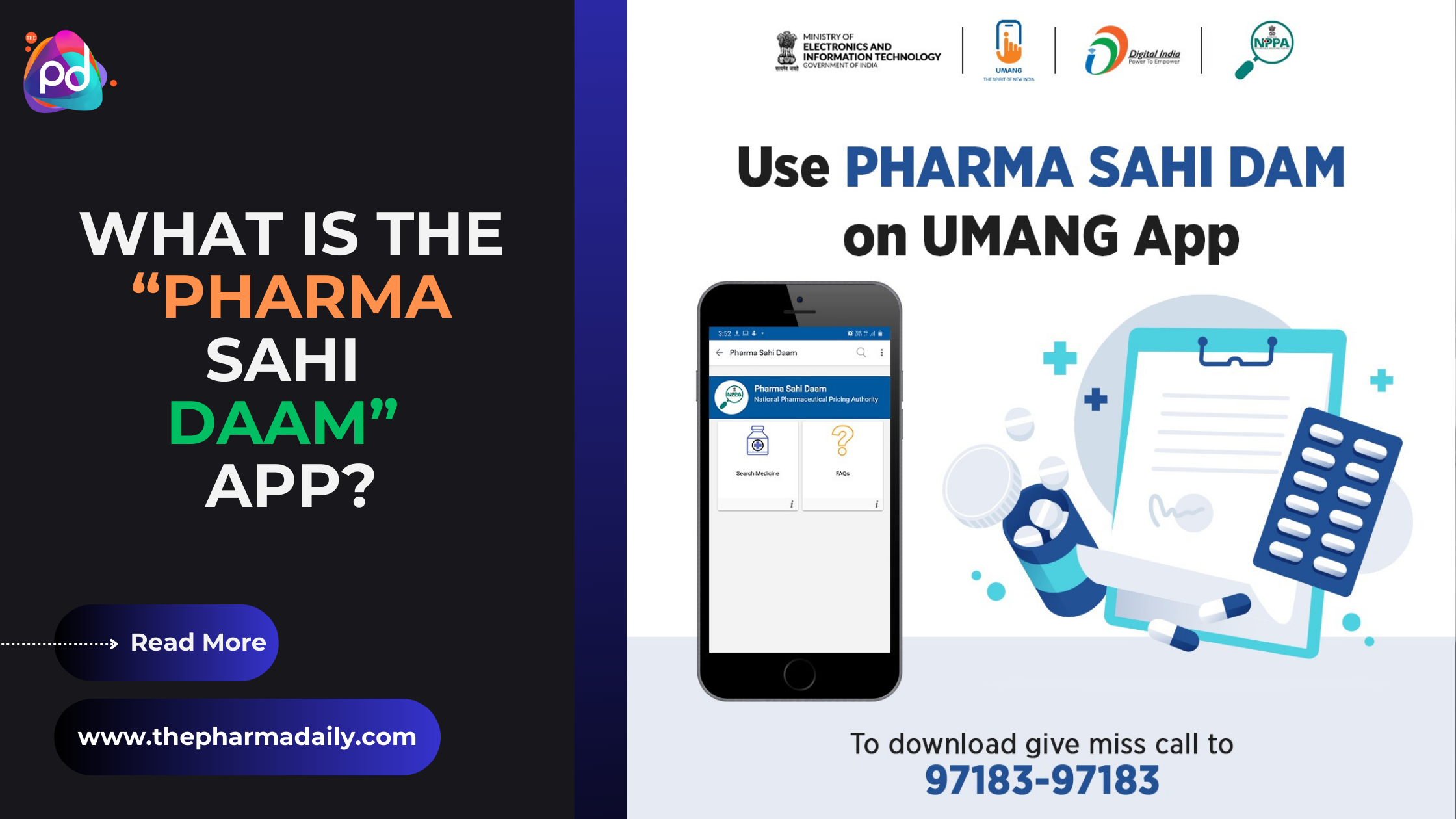Pharma Sahi Daam App: Revolutionizing Medicine Price Transparency in India
How to Build a Resume?
A Step-by-Step Guide for Beginners
Crafting a compelling resume is a crucial step in landing your dream job. A well-structured resume not only highlights your skills and experiences but also sets you apart from other candidates. Whether you're a fresh graduate or a seasoned professional looking to update your resume, this comprehensive guide will help you build an effective resume from scratch.
1. Choose the Right Resume Format
Choosing the correct resume format is the first step in building a resume. The format should best highlight your strengths and suit your career history.
a. Chronological Resume: This format lists your work experience in reverse chronological order, starting with your most recent job. It’s ideal for those with a steady work history. This format is most commonly used and preferred by employers.
b. Functional Resume: Focuses on your skills and experiences rather than your chronological work history. This format is useful for career changers, those with gaps in their employment history, or individuals with a diverse range of experiences in different fields.
c. Combination Resume: Combines elements of both chronological and functional formats. It highlights your skills while also providing a chronological work history. This format is ideal for individuals with a strong skill set and relevant work experience.
2. Add Your Contact Information
Your contact information should be easy to find at the top of your resume. This section should include your full name, phone number, email address, and LinkedIn profile (if applicable). Ensure your email address is professional and easy to read.
Example:
Copy code: John Doe Phone: (123) 456-7890 Email: johndoe@example.com LinkedIn: linkedin.com/in/johndoe
3. Write a Strong Resume Summary or Objective
A resume summary or objective gives a brief overview of who you are and what you offer. This section should be tailored to the job you are applying for.
a. Resume Summary: A resume summary is a brief statement that highlights your professional achievements and skills. It is suitable for those with several years of experience. Your summary should be compelling and give the employer a quick snapshot of your expertise.
Example:
Copy code: Experienced Digital Marketer with over 5 years in the industry, specializing in SEO, PPC, and content marketing. Proven track record of increasing website traffic and improving search engine rankings.
b. Resume Objective: A resume objective is a short statement that outlines your career goals and what you aim to achieve. It is ideal for fresh graduates or those changing careers. An objective should be clear and specific, demonstrating your enthusiasm for the role.
Example:
Copy code: Aspiring Data Scientist with a Master’s in Information Systems, seeking to leverage my analytical skills and experience with Python and SQL to contribute to a dynamic data science team.
4. Detail Your Work Experience
Your work experience section should provide a detailed overview of your professional history, focusing on your accomplishments and the skills you utilized.
a. Job Titles and Companies: Clearly list your job titles, the companies you worked for, and the duration of each employment. This provides a straightforward timeline of your professional career.
b. Describe Your Roles: Provide a brief description of your responsibilities and achievements in each role. Use bullet points for clarity. This helps employers quickly understand what you did in each position.
c. Quantify Achievements: Use numbers to highlight your accomplishments. For example, "Increased website traffic by 50%" or "Managed a team of 10." Quantifying your achievements provides concrete evidence of your contributions.
Example:
Copy code: Digital Marketing Specialist XYZ Company | June 2018 - Present - Developed and implemented SEO strategies that increased organic traffic by 50%. - Managed PPC campaigns with a monthly budget of $10,000, achieving a 20% conversion rate. - Led a team of 5 content writers to produce high-quality content for the company blog.
5. Highlight Your Education
The education section should list your academic qualifications and any relevant coursework or projects.
a. Institution and Degree: Mention the schools you attended, the degrees you earned, and the years you attended. This gives employers an idea of your educational background.
b. Relevant Coursework: List any coursework or projects that demonstrate your expertise and are relevant to your career goals. This is especially useful for recent graduates who may not have extensive professional experience.
c. Honors and Awards: Include any honors or awards you received during your education. This can help differentiate you from other candidates and highlight your academic achievements.
Example:
Copy code: Master of Science in Information Systems University of Maryland | 2022 - 2024 - Relevant Coursework: Data Mining, Machine Learning, Data Visualization - Honors: Dean's List, GPA: 3.8/4.0
6. Showcase Your Skills
The skills section should highlight your abilities and competencies that are relevant to the job you are applying for.
a. Add Skills: List skills that are relevant to the job you are applying for. Include both hard skills (e.g., programming languages, software proficiency) and soft skills (e.g., communication, teamwork).
b. Prioritize Key Skills: Make sure to highlight the skills that are most relevant to the job description. This helps employers quickly see that you have the skills they are looking for.
Example:
Copy code: - Python - SQL - Data Analysis - Machine Learning - SEO - Content Marketing - Project Management - Communication
7. Include Certifications and Training
List any relevant certifications or training courses you have completed. This shows your commitment to continuous learning and professional development.
Example:
Copy code:- Google Analytics Certification - Certified Scrum Master - AWS Certified Solutions Architect
8. Add Volunteer Work and Extracurricular Activities
Including volunteer work or extracurricular activities can demonstrate your well-rounded personality and additional skills. This is particularly useful for recent graduates or those with limited professional experience.
Example:
Copy code: Volunteer Tutor Local Community Center | January 2020 - Present - Provided tutoring in math and science to high school students. - Developed lesson plans and educational materials.
9. Customize Your Resume for Each Job Application
Tailor your resume to match the job description of each position you apply for. Highlight the skills and experiences that are most relevant to the job requirements. Customizing your resume shows employers that you have taken the time to understand the job and demonstrate your fit for the role.
10. Proofread and Edit
Before submitting your resume, proofread it carefully to check for any spelling or grammatical errors. Consider asking a friend or mentor to review it as well. A well-polished resume demonstrates your attention to detail and professionalism.
Conclusion
Building a resume might seem daunting at first, but by following these steps, you can create a strong and compelling resume that stands out to potential employers. Remember, your resume is a dynamic document – keep it updated and tailored to each job application to make the most impact.
By following this guide, you’ll be well on your way to crafting a professional resume that highlights your strengths and achievements.












